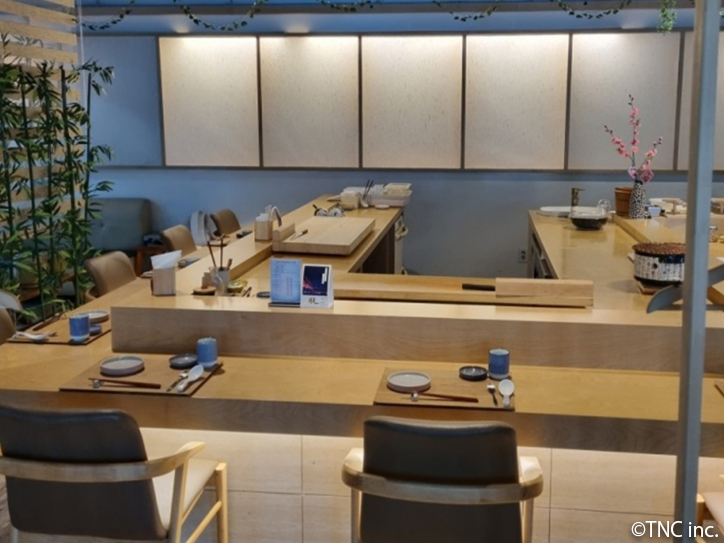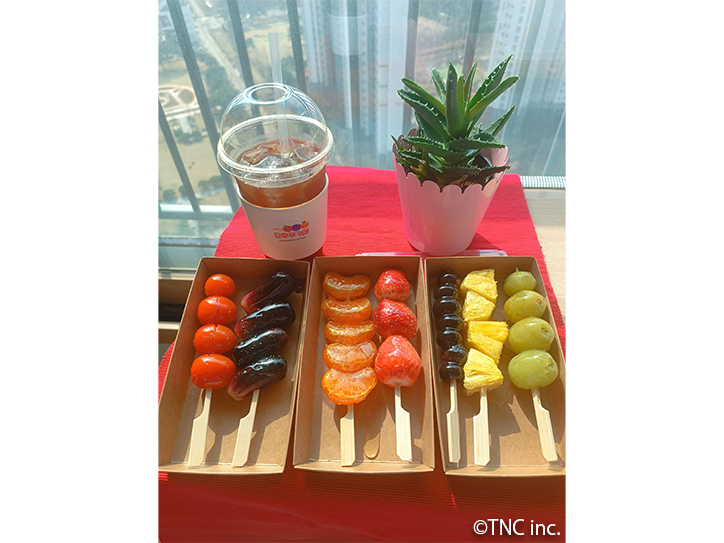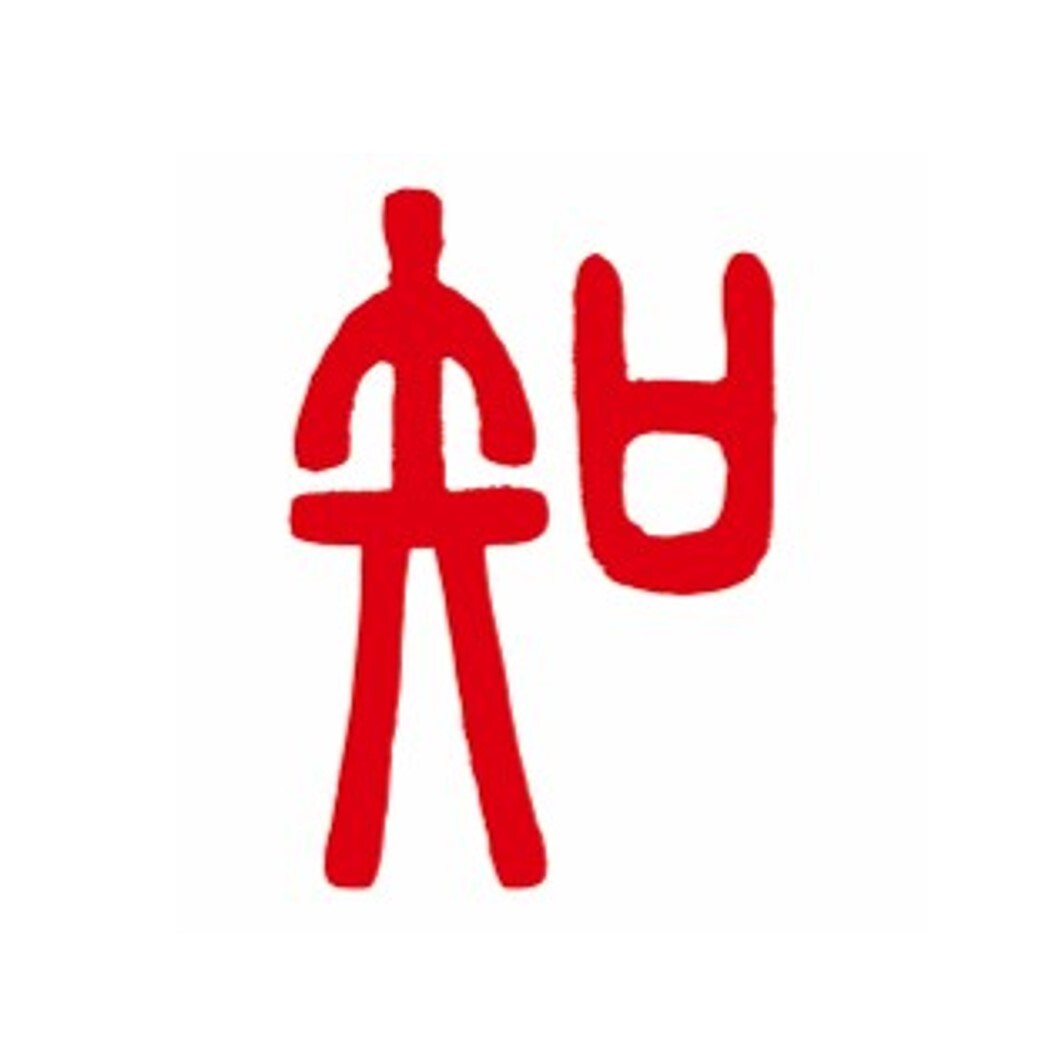[Korea] Restaurants offering a unique Korean dining style derived from “omakase” are attracting attention, especially among the experience-oriented MZ generation!
- Release date: May 24, 2024
- 3680 Views

Various “○○ Kase” style restaurants such as “U-Makase” and “Imo-Kase” have appeared.
Various “○○ Kase” style restaurants are now available!
The term “omakase” in Korea has expanded beyond the meaning of the style of sushi restaurant offerings and has become a uniquely Korean term. Omakase high-end sushi restaurants have expanded their popularity among people in their 20s and 30s because of the special atmosphere they offer. Reservations at popular restaurants are as difficult as winning a lottery for a popular lecture at a university, which is why it is also known as “applying to attend. Such a situation has even led to the appearance of applications and in-store terminals dedicated to making reservations.
The term “~kase,” derived from this omakase, has become a hot word among young people. The fact that it is similar to the Korean word “kaseyo (go)” and that it is easy to say as a sound is a factor in its spread.
A typical example is “u-makase,” a Korean beef (hanwoo hanu) barbecue omakase. "Uboterrace” in Kangnam, Seoul, is a popular restaurant where you can enjoy carefully grilled Korean beef grill, seafood, and small dishes for 220,000 won (about 25,000 yen). With a style and atmosphere different from the samgyeopsal one usually enjoys casually, this restaurant has become a favorite among young people. The restaurant is also known for its unique system whereby customers who order a bottle of wine or whiskey can bring in a bottle of alcohol for free.
The “imo-kase” (snacks prepared by an auntie (imo)) is also attracting more and more attention, coupled with the “harmenial boom” (a phenomenon in which millennials prefer foods and fashions that are similar to those eaten by their grandmothers). "Pacific Sashimi Restaurant" in Busan offers not only fresh sashimi, but also various dishes not usually found in sashimi restaurants, such as mini pizzas and fried shrimp buns, along with explanations on how to enjoy them. The price is 50,000 won (about 5,600 yen) per person.
In addition, other restaurants are offering various “~kase” such as “Tanfuru Kase,” an omakase of “Tanfuru,” a sweet that became a huge boom in 2023.

"OMAKASE” first appeared in Korea about 20 years ago, but has rapidly gained attention since the Corona disaster. This is said to be due to the desire to eat quality sushi even if they cannot go to Japan and the consumer trend to relieve stress by eating good food even at high prices.
Since the MZ generation shares their experiences through social networking sites, they value experiences that are different from others. Such values are also a factor in the popularity of “omakase” derivatives such as “umakase” and “imokase."
For the restaurant side, the hurdles to opening a new restaurant are lower than those for conventional restaurants, as small-scale restaurants often have lower rental and labor costs.
As a result, the number of new restaurants is expected to continue to increase, and an even greater variety of “omakase” will appear.
Translated with AI Translator
This article is co-authored by TNC Lifestyle Researcher (http://lifestyle.tenace.co.jp/) and Intage's Global Researcher.
-

Author profile
TNC ASIA Trend Lab
TNC ASIA Trend Lab is an information organization run by TNC Inc. that researches and shares trends in Asia. It supports corporate marketing activities by finding insights from trends rooted in the lifestyles and habits of local consumers.
http://tnc-trend.jp/ -

Editor profile
Intage Inc.
***
 Global Market Surfer
Global Market Surfer CLP
CLP